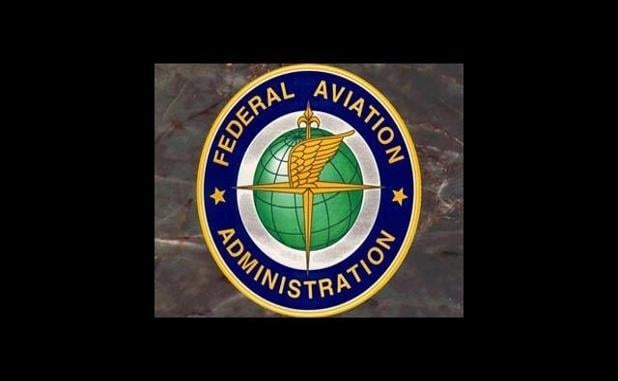
The FAA has joined NASA in using the phrase Advanced Air Mobility (AAM) to describe a broader vision for what until recently has been called urban air mobility (UAM).
“We envision AAM as a safe and efficient aviation transportation system using highly automated aircraft to transport passengers or cargo for hire,” said Ali Bahrami, FAA associate administrator for aviation safety. That future system might also host “commercial inner-city services and private recreational vehicles,” he added.
“The FAA is integrating AAM into our implementation plans and efforts,” Bahrami said. “AAM will touch offices across the agency and we are preparing accordingly.”
Following the release of a report by the National Academies of Sciences, Engineering and Medicine in mid-February, entitled “Advancing Aerial Mobility, A National Blueprint,” NASA decided to change out the “U” in UAM when referencing the future aviation sector.
“Their decision to use the word ‘advanced’ instead of ‘urban’ was intentional and echoed the view that UAM is more than just for urban dwellers,” says NASA’s Aeronautics Research Mission Directorate in a blog post. “We knew this all along, of course. UAM was never meant to be just for midtown Manhattan, but we had implemented this term and gotten used to it.”
In March, NASA rebranded its UAM Grand Challenge to the Advanced Air Mobility National Campaign, which will stage a series of activities in 2022.
The FAA is also now formalizing the phrase, executives said July 9 during the agency’s Unmanned Aircraft Systems (UAS) Symposium. It has recently hosted two AAM-focused roundtables with NASA and industry executives, and it will collaborate with NASA on the AAM National Campaign, Bahrami said.
The FAA is organizing its AAM efforts around the pillars of aircraft, airspace, operations, infrastructure and community engagement, Bahrami said.
“Some of the key enablers for the future vision of AAM include advancements in the electric air vehicle design that leverage technology improvements for battery design, detect and avoid systems, advanced manufacturing techniques and autonomous vehicle technologies,” Bahrami advised.
“As we strive for AAM maturity, we acknowledge challenges in how AAM will fit into existing regulations and how these regulations must allow for innovation and new approaches to certification. AAM aircraft are not scaled-up drones. The regulations and infrastructure must reflect this and support these novel operations,” he said.
For the community engagement aspect—considered key to the success of the future aviation segment—the FAA is drawing from its experience with the ongoing UAS Integration Pilot Program (UAS IPP) for small drones. That effort produced the first drone delivery operations certified for Part 135 air-carrier missions, headed by Alphabet Wing in Virginia and UPS Flight Forward in North Carolina.
While the experience gained from those certification campaigns has been invaluable, flight operations by small commercial drones do not directly translate to an AAM environment, Bahrami said.
“AAM infrastructure is about more than just airports and drone-ports, and we need to learn how AAM aircraft will fit within our existing air traffic management system and what role automation will play in enabling these operations,” he said.
In a separate presentation, Kirk Shaffer, FAA associate administrator for airports, said his division is applying its work on drones to plan for a future AAM ground infrastructure.
“We’re closely aligning our UAS research efforts with our work on urban air mobility, or as we’re calling it now—advanced air mobility. We see interoperability here, even though many of the initial UAM/AAM models envision piloted operations to start,” Shaffer said.
“We want to make sure the agency is positioned for these new concepts of operations and is able to quickly adjust as they transition to unpiloted environments,” Shaffer added. “We’re identifying what this means for the airport environment, what types of equipment and infrastructure are needed to meet demand and changing vehicle technology, and renewing our focus on intermodal applications.”





